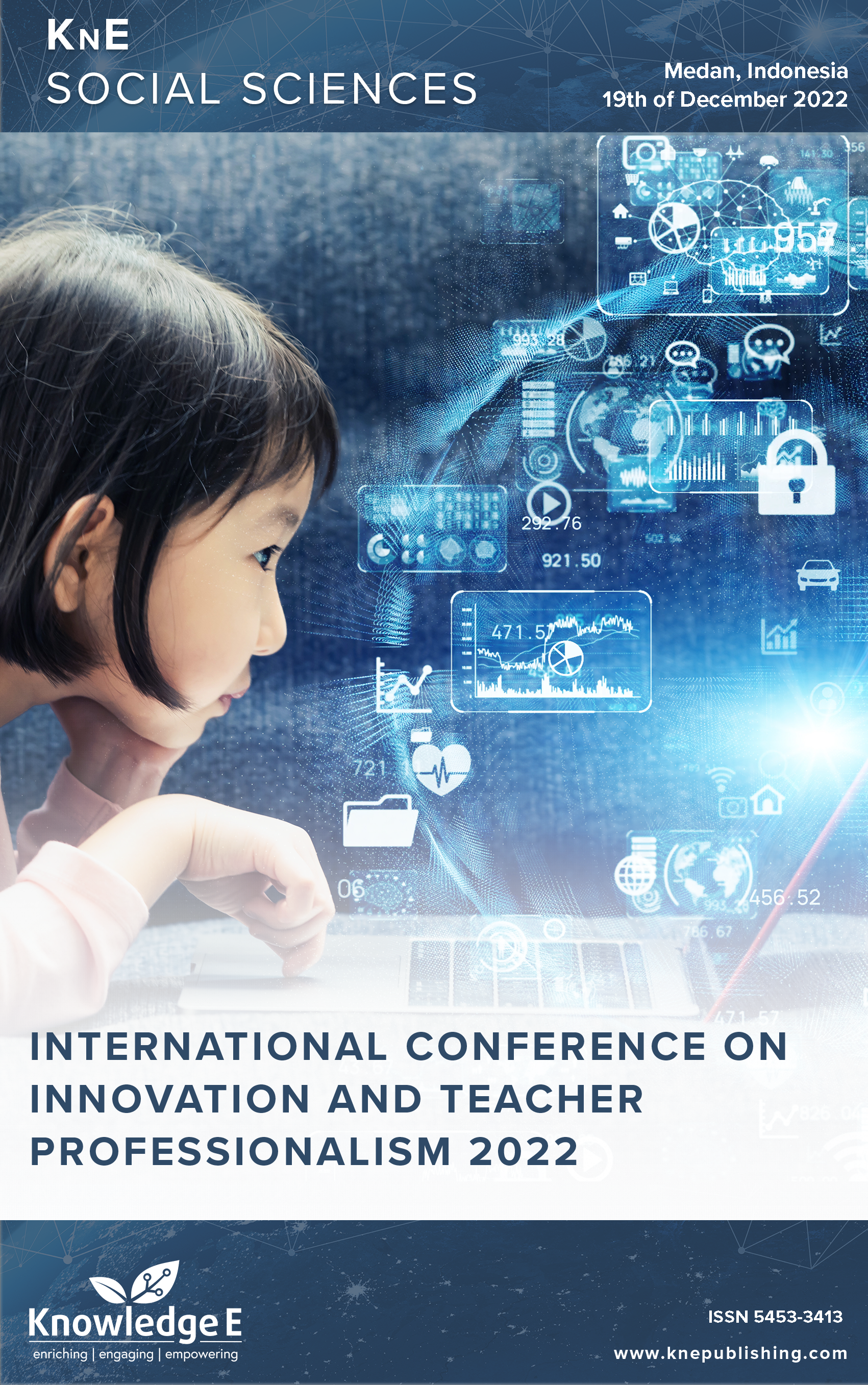Collaborative Learning for Early Childhood Education
DOI:
https://doi.org/10.18502/kss.v8i10.13458Abstract
If starting school at the age of seven was considered sufficient in the past, many parents now start their children at the age of toddlers. As a result, the teacher’s role is critical because it serves as a substitute for parents. Preschool teachers must be able to monitor children’s growth and development in addition to teaching because it affects their future. Parents and teachers must pay adequate attention and affection, educate, guide, and set a good example. Students collaborate in groups to achieve the common goal of each idea through collaborative learning. This aligns with the skills required in the 21st century, namely the 4Cs (creative thinking, critical thinking and problem-solving, communication, and collaboration). The research method employs descriptive qualitative research to describe early childhood teachers’ perceptions of collaborative learning’s current implementation. The participants in the study were 23 teachers who had implemented collaborative learning.
Keywords: kwd
References
[2] Creswell JW, Clark VLP. Designing and Conducting Mixed Methods Research. California: SAGE; 2011.
[3] Damsy YJ, Rivaei W. Peran Orang Tua dan Guru dalam Mengatasi Sikap dan Perilaku Menyimpang Anak. Jurnal Pendidikan Dan Pembelajaran Khatulistiwa. 2014;3(2).
[4] Jukic R, Škojo T. The educational needs of the alpha generation. In 2021 44th International Convention on Information, Communication and Electronic Technology (MIPRO) (pp. 564-569). IEEE.
[5] Koesnandar Ade. Pembelajaran Kolaboratif di Era dan Pasca Pandemi, Mengapa Tidak?. https://pusdatin.kemdikbud.go.id/. Diakses pada tanggal 2 Maret 2022. 2021.
[6] Wu L, Liu Q, Mao G, Zhang S. Using epistemic network analysis and selfreported reflections to explore students’ metacognition differences in collaborative learning. Learning and Individual Differences. 2020 Aug;82:1–10. doi: 10.1016/j.lindif.2020.101913.
[7] Mahsus M, Latipah E. Metodologi Eduinnova: Pembelajaran kolaboratif yang diintegrasikan dangan teknologi untuk meningkatkan keaktifan dan interaksi siswa dalam pembelajaran daring. Jurnal Inovasi Teknologi Pendidikan. 2021;8(2).
[8] McCrindle M. Generation Alpha. Hachette UK; 2021.
[9] Ningsih T, Jha GK. Strengthening student competency in making social science learning media, social science development courses. J Innovation Educ Cult Res. 2021;2(1):1-6.
[10] Ramadlani AK, Wibisono M. Visual literacy and character education for alpha generation. ISoLEC Proceedings. 2017;1-7.
[11] Schawbel D. 5 Predictions for Generation Alpha. 2014. www.danschawbel.com
[12] Sugiyono. Metode Penelitian Pendidikan. Bandung: CV. Alfabeta; 2016.
[13] Susanti S, Prasetyo T, Nasution SA. Model pembelajaran kolaboratif sebagai alternatif pembelajaran ilmu pengetahuan sosial. Didaktika Tauhidi : Jurnal Pendidikan Guru Sekolah Dasar. 2017;4(1):1930.
[14] Tootell H, Freeman M, Freeman A. Generation alpha at the intersection of technology, play and motivation. In 2014 47th Hawaii International Conference on System Sciences (pp. 82-90). IEEE. 2014, January.
[15] Wahyuni IW, Putra AA. Kontribusi peran orangtua dan guru dalam pembentukan karakter Islami anak usia dini. Jurnal Pendidikan Agama Islam Al-Thariqah. 2020;5(1):30-37.

